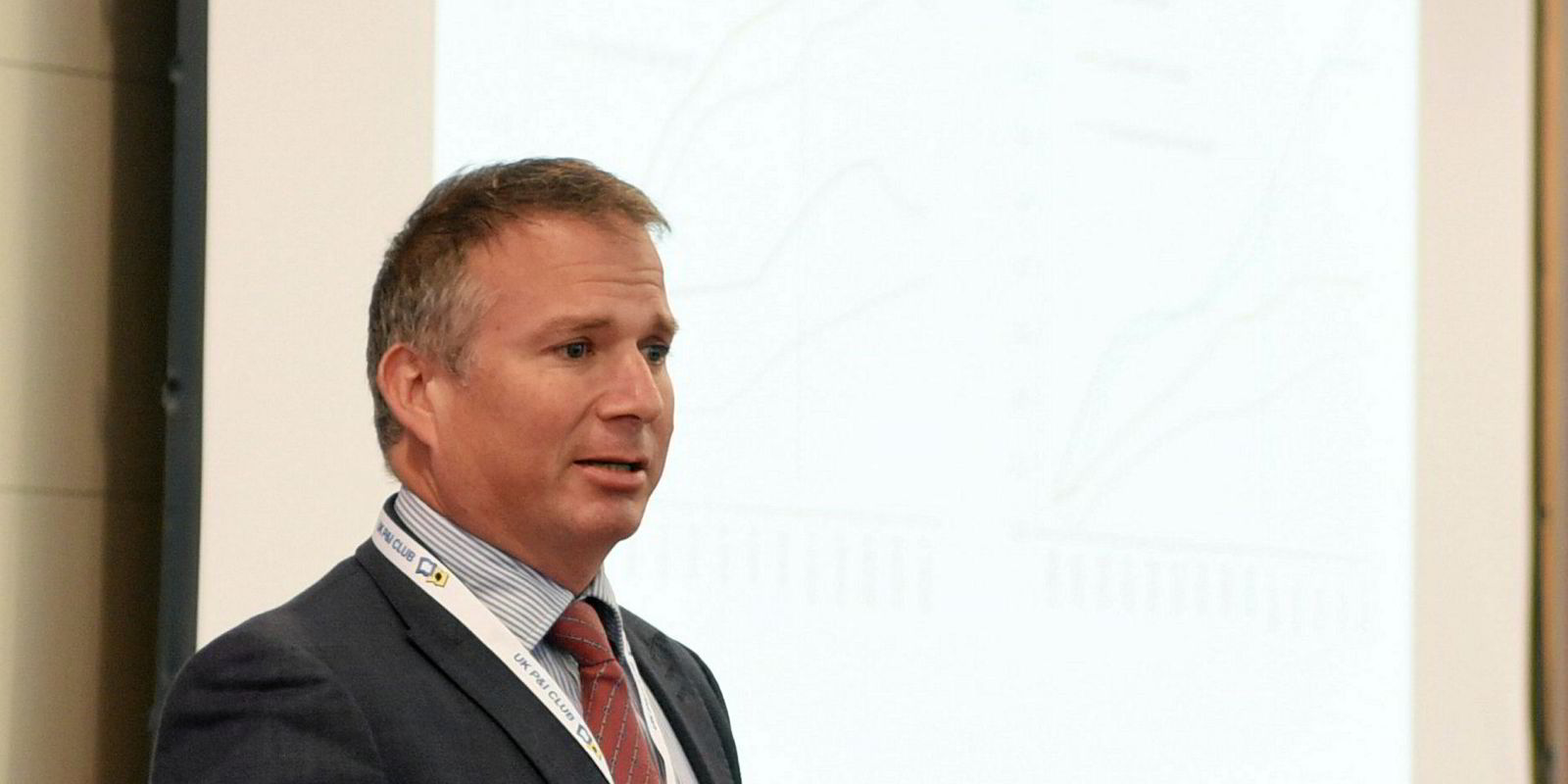Newbuilding interest for tankers will be curbed by rising prices and uncertainty over new vessel designs that can meet regulatory requirements, according to a senior analyst.
The newbuilding markets have been active so far this year, with Hyundai Heavy Industries and Daewoo Shipbuilding & Marine Engineering disclosing at least eight VLCC and two suezmax orders between them.
However, Braemar ACM’s global head of research Henry Curra suggested the overall number of newbuilding orders might not pick up much in the coming months with various investment risks.
Having bottomed up since 2017, prevailing newbuilding prices do not offer much incentives to potential investors, according to Curra.
Using the VLCC market as an example, Curra told the 10th Marine Money London forum: “A couple of years ago you would probably be offered a newbuilding VLCC for $90m with dual fuelled [technology].”
“Now you are at $93m for a standard VLCC…So clearly we are well off the floor. There is not much enticement proposition to order ships in this market.”
Moreover, as newbuilding investors look beyond 2020 for delivery slots, they could be hesitant in making orders as future ship designs to meet environmental regulations are not yet standardised, according to Curra.
As the IMO is still developing emissions rules and may have further guidelines for bunker regulations post-2020, shipyards and marine manufacturers are still mulling over how to best meet future regulatory requirements.
“The uncertainty is putting off future ordering,” said Curra, suggesting the answer is still unclear as to what can be “the next generation of optimal fuels and engines”.
Bullish on IMO 2020
Overall, Braemar ACM has forecast strengthening tanker markets in 2019, with the IMO 2020 rules playing a largely positive role, counter-balancing a heavy newbuilding delivery schedule.
Based on the brokerage’s data, 66 VLCCs, 30 suezmaxes, 25 aframaxes, 27 LR2s, 14 LR1s and 78 MRs are due for delivery this year, with a front-loaded schedule for crude carriers in particular.
To optimise their operation for the new sulphur limits in bunker fuels, Curra expected the refinery industry to have a heavier-than-usual maintenance in the second quarter—which undercuts demand for crude tankers.
“We expect a good dip [in tanker earnings] in the second quarter,” he said. “The weakness…will be pretty evident.”
However, he forecast refineries would increase crude runs later on to produce sufficient compliant fuels, while tonne miles are also likely to rise as sweet crudes become more favourable for some farther consumption centres.
“We do see a strong rebound in the third and fourth quarter. In the fourth quarter we are expected to see around $50,000 per day [for VLCCs],” Curra said.
On the clean tanker side, Braemar ACM has also expected the needs to transport compliant distillates to bunker hubs to drive tonne-mile growth.
The IMO 2020 rules will lift the demand growth for clean tanker capacity by 0.5% to 3.9% in 2019 and by 2.2% to 5.2% next year, according to the brokerage.
“A lot of the 2020 strength is driven by the IMO effects,” Curra said.
Macro risks
Braemar ACM has projected daily VLCC earnings at $30,000, suezmax at $25,000 and aframaxes at $21,000 this year. Its LR2 projection is at $19,000 per day, LR1 at $17,000 and MR at $16,000.
However, the brokerage has warned of a possible underperforming market due to global economic worries.
The International Monetary Fund has revised down its forecast for global economic growth to 3.5% this year, while pointing out strong risks associated with Brexit and the ongoing trade war between China and the US.
Braemar ACM’s oil demand forecast is based on a global economic growth rate of 3.7%.
“Any period of global recession is pretty bad for the tanker markets,” said Curra. “There is certainly a downside risk.”
</p>





